Island Fox
- January 12, 2024
- 0 comment
The Island Fox, scientifically known as Urocyon littoralis, is a captivating species native to the California Channel Islands. Renowned for its diminutive size and unique evolutionary adaptations, these foxes have carved out a distinct niche in their island habitats. With six recognized subspecies spread across different islands, each variation of the Island Fox showcases remarkable adaptability to its specific environment. Characterized by a reddish-brown coat and a bushy tail, these foxes exude an undeniable charm that captivates observers.
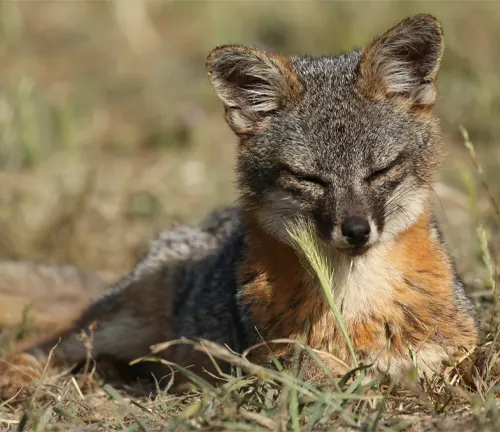
Their smaller size, a product of island dwarfism, reflects the resource limitations of their isolated homes. Despite their endearing appearance, Island Foxes have faced significant endangerment due to introduced predators, habitat destruction, and disease. Conservation efforts have played a crucial role in mitigating these threats, with ongoing research projects shedding light on their behavior, genetics, and ecological impact. Beyond their ecological significance, Island Foxes hold cultural importance in indigenous communities and contribute to the tourism appeal of the Channel Islands. As resilient survivors of the dynamic island environment, Island Foxes embody the delicate balance between nature and adaptation, showcasing the intricate tapestry of biodiversity within our planet’s ecosystems.
| Specification | Details |
|---|---|
| Scientific Name | Urocyon littoralis |
| Size | Smaller than mainland foxes |
| Coat Color | Reddish-brown |
| Tail | Bushy |
| Subspecies | Six recognized subspecies |
| Habitat | California Channel Islands |
| Evolutionary Adaptations | Island dwarfism, smaller size, and adaptations |
| Endangerment Threats | Introduced predators, habitat destruction, disease |
| Conservation Efforts | Ongoing projects, habitat restoration, predator management |
| Social Behavior | Form social groups, strong family bonds |
| Cultural Significance | Important in indigenous cultures |
| Tourist Attraction | Contributes to tourism on Channel Islands |
| Diet | Opportunistic omnivores |
| Unique Features | Adaptations to island environment, resilient survivors |
| Population Status | Varies among subspecies, some in recovery |
| Research Focus | Behavior, genetics, ecological impact |
Island Fox: Preserving a Unique Species
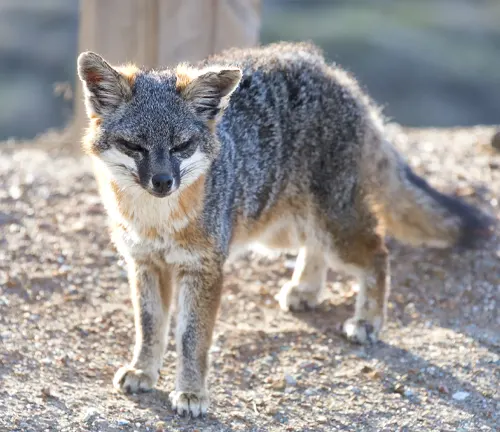
The world is home to a diverse array of wildlife, each species contributing to the rich tapestry of our planet’s ecosystems. Among the many fascinating creatures, the Island Fox stands out as a testament to nature’s ingenuity and adaptability. Let’s delve into the intriguing world of Island Foxes, exploring their habitat, characteristics, conservation status, and the efforts being made to ensure their survival.
The Island Fox, scientifically known as Urocyon littoralis, is a small fox native to a few of the California Channel Islands. These diminutive canines have captured the attention of biologists and nature enthusiasts alike due to their unique evolution and distinct characteristics.
Habitat and Distribution
These foxes inhabit a range of ecosystems, from coastal plains to the interior chaparral of the Channel Islands. The distribution of Island Fox populations is limited to specific islands, each hosting its unique subspecies. Santa Cruz, Santa Rosa, San Miguel, and Santa Catalina Islands are home to these remarkable creatures.

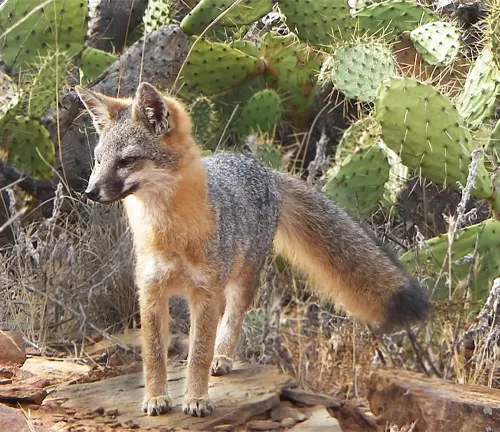
Physical Characteristics
In terms of size, Island Foxes are notably smaller than their mainland relatives. With a characteristic reddish-brown coat and a bushy tail, they exhibit an adorable charm that captivates those fortunate enough to encounter them. The smaller size is an evolutionary adaptation to the limited resources on the islands.
Evolutionary Adaptations
Island Foxes have undergone unique evolutionary changes to adapt to their island habitats. These adaptations include reduced body size, shorter limbs, and a diminished skull size. These alterations are a classic example of island dwarfism, where large mainland species evolve into smaller versions over time due to limited resources.

Endangerment and Conservation Efforts
Despite their adaptability, Island Foxes face significant endangerment threats, primarily due to introduced predators and habitat destruction. Conservation efforts have been underway to address these challenges, including habitat restoration, captive breeding programs, and the removal of non-native species.
Role in the Ecosystem
The ecological role of Island Foxes cannot be overstated. As opportunistic omnivores, they play a vital role in controlling populations of small mammals and insects, contributing to the delicate balance of their island ecosystems.
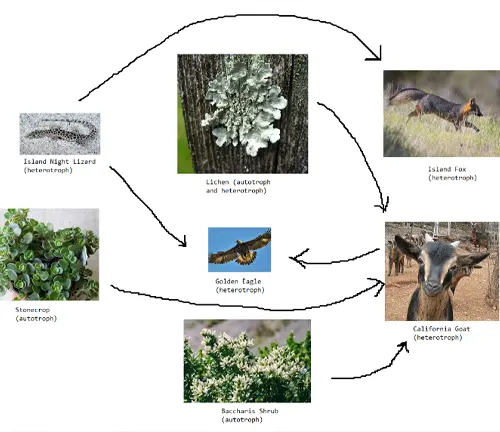
Unique Behaviors
In addition to their physical characteristics, Island Foxes exhibit unique behaviors. They are known for their strong family bonds and social structures, with individuals often forming close-knit groups. Their adaptive behaviors, honed over centuries, enable them to thrive in the island’s dynamic environment.
Interactions with Humans
Historically, Island Foxes and humans have coexisted on the Channel Islands. While the foxes once faced threats from human activities, conservation initiatives have helped mitigate these challenges, fostering a more harmonious relationship.
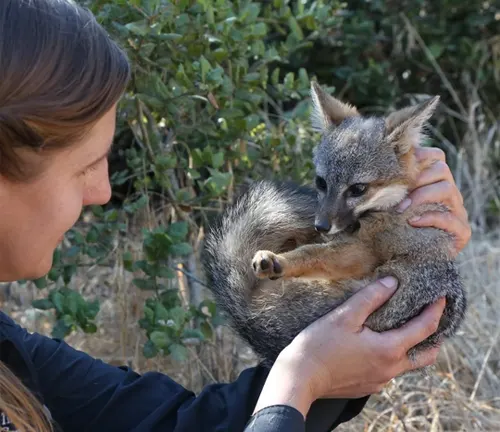
Importance in Indigenous Culture
Local indigenous cultures hold Island Foxes in high regard, attributing cultural significance to these creatures. Stories, art, and rituals often feature the Island Fox, symbolizing a connection between the natural world and human communities.
Tourist Attractions
The allure of observing these unique foxes in their natural habitat has turned the Channel Islands into popular tourist destinations. Guided tours and educational programs contribute to both conservation efforts and public awareness.
Research and Study
Ongoing research projects and scientific studies focus on understanding Island Fox behavior, genetics, and the broader ecological impact. Such studies provide crucial insights into their conservation needs and help develop effective strategies for their protection.
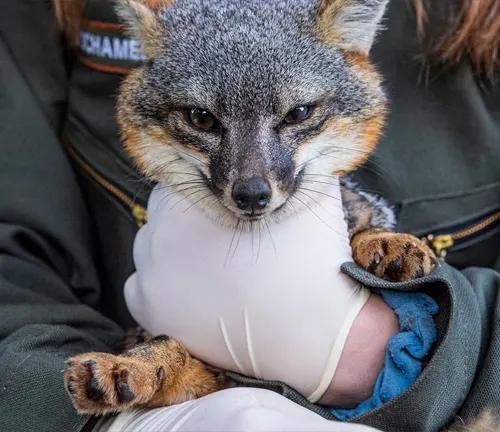
Threats to Island Foxes
Despite conservation efforts, Island Foxes still face threats such as habitat fragmentation, disease, and the lingering impact of past human activities. Vigilance and adaptive management strategies are essential to address these ongoing challenges.
Public Awareness and Education
Public awareness and education play a pivotal role in the conservation of Island Foxes. By fostering understanding and appreciation, individuals become advocates for the protection of these unique species and their habitats.
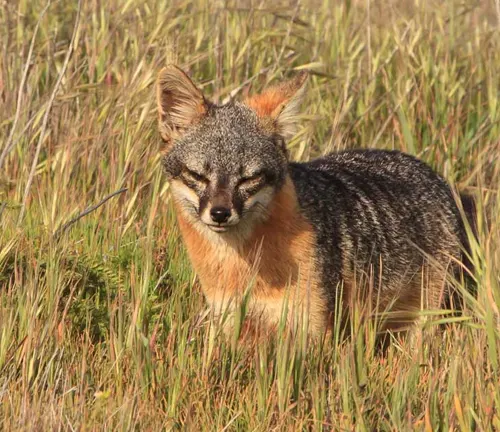
Success Stories
There have been notable success stories in the conservation of Island Foxes. Through collaborative efforts between conservation organisations, government agencies, and local communities, populations have rebounded, offering hope for the continued survival of these captivating creatures.
Future Prospects
Looking ahead, the future prospects of Island Foxes hinge on continued conservation efforts, research, and public engagement. Balancing the needs of both humans and foxes will be essential to ensure the long-term sustainability of their populations.
Different Species
Santa Cruz Island Fox
(Urocyon littoralis santacruzae)
Found on Santa Cruz Island, this subspecies is characterized by its smaller size and distinctive coat coloration.
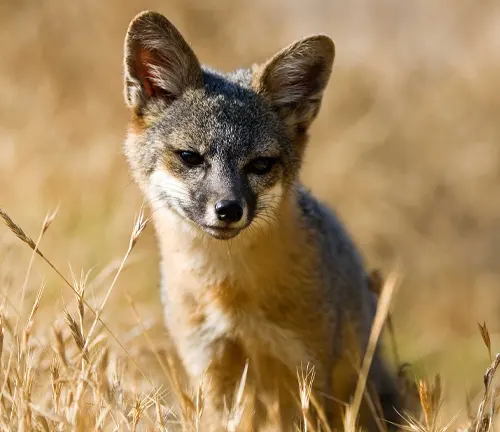
Santa Rosa Island Fox
(Urocyon littoralis santarosae)
Inhabiting Santa Rosa Island, these foxes exhibit variations in size and color compared to their counterparts on other islands.
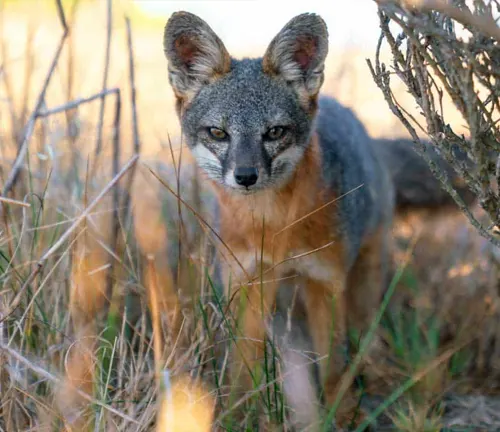
San Miguel Island Fox (Urocyon littoralis littoralis)
Native to San Miguel Island, this subspecies has adapted to the unique ecological conditions of its island home.
Santa Catalina Island Fox
(Urocyon littoralis catalinae)
Inhabitants of Santa Catalina Island, these foxes are known for their small size and distinctive appearance.

San Nicolas Island Fox
(Urocyon littoralis dickeyi)
Found on San Nicolas Island, this subspecies exhibits specific genetic and physical traits that distinguish it from others.

San Clemente Island Fox
(Urocyon littoralis clementae)
Inhabiting San Clemente Island, these foxes have evolved unique characteristics, including variations in size and fur color.

Frequently Asked Questions (FAQs)
- How did Island Foxes evolve to become distinct from their mainland relatives?
Island Foxes underwent unique evolutionary adaptations, including size reduction and changes in skeletal features, due to their isolated island habitats. - Why are Island Foxes endangered?
Island Foxes faced endangerment due to introduced predators, habitat destruction, and disease. Conservation efforts have been implemented to address these threats. - Do Island Foxes live in social groups?
Yes, Island Foxes are known for forming social groups, often within family units. These social structures contribute to their survival in the island environment. - Can Island Foxes swim between the Channel Islands?
While they are capable swimmers, it is unlikely for Island Foxes to swim between islands. Their populations are isolated, and each subspecies has adapted to its specific island. - How many subspecies of Island Foxes are there, and how do they differ?
There are six recognized subspecies of Island Foxes, each inhabiting a specific Channel Island. They differ in size, coloration, and genetic traits adapted to their unique environments. - Are there any ongoing research projects focused on Island Foxes?
Yes, several research projects aim to study Island Fox behavior, genetics, and ecological impact. These studies contribute valuable information to their conservation and management. - What is the current population status of Island Foxes?
Conservation efforts have led to population recoveries for some subspecies, but others still face challenges. Ongoing monitoring helps assess and manage the overall population health. - How do conservationists protect Island Foxes from introduced predators?
Conservationists implement measures such as predator removal, habitat restoration, and the use of protective enclosures to safeguard Island Foxes from introduced predators like golden eagles. - Can tourists visit the Channel Islands to see Island Foxes?
Yes, tourists can visit the Channel Islands, and guided tours provide opportunities to observe Island Foxes in their natural habitat. Responsible tourism practices are crucial to minimize impact. - What is the main food source for Island Foxes?
Island Foxes are opportunistic omnivores, and their diet includes a variety of food sources such as fruits, insects, small mammals, and plants. Their diet adapts to the availability of resources on their respective islands. - Are there any threats to Island Fox populations besides introduced predators?
Yes, threats include habitat fragmentation, disease, and the residual impact of historical human activities. Conservation efforts address these multifaceted challenges to ensure the long-term survival of Island Foxes. - Do Island Foxes exhibit territorial behavior?
Yes, Island Foxes are known to exhibit territorial behavior, especially during the breeding season. Territories are marked and defended, contributing to their social structures.



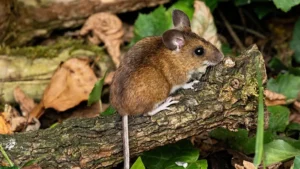
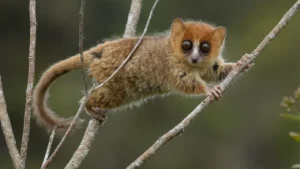




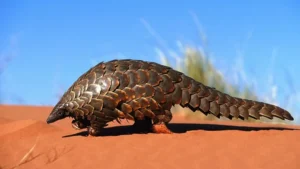
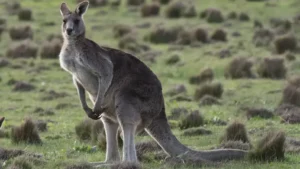

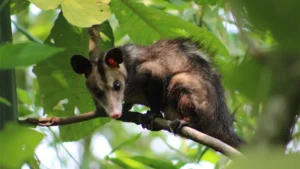

Leave your comment